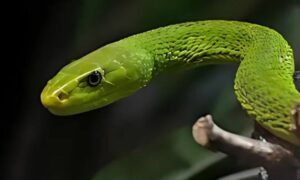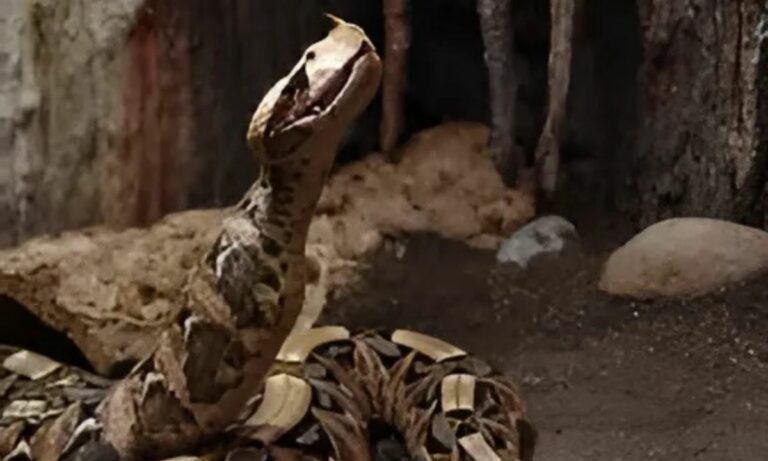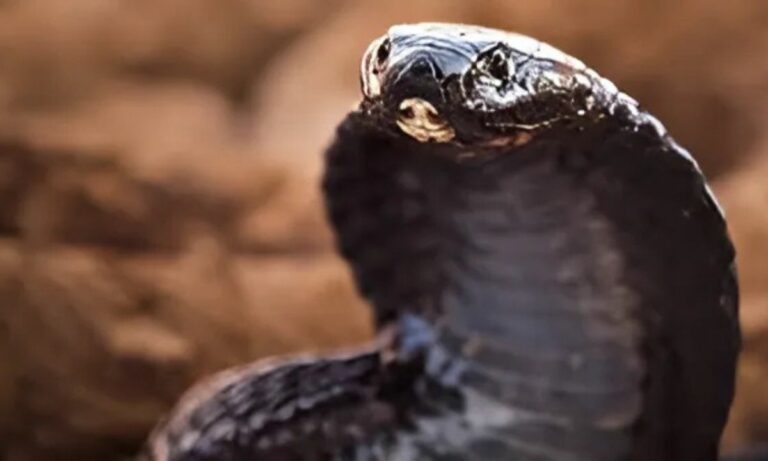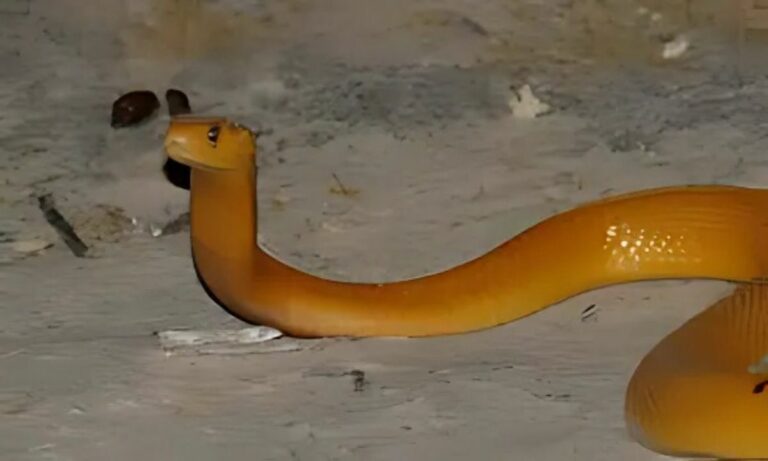What Makes the Eastern Green Mamba Africa’s Deadly Tree Snake?
Slithering through the treetops of East Africa, the Eastern Green Mamba (Dendroaspis angusticeps) is nature’s perfect blend of beauty and danger. With its jewel-toned scales and lightning-fast strikes, this snake commands both respect and fascination.
Scientific Classification
Belonging to the Elapidae family, its scientific name Dendroaspis angusticeps reveals key features:
- Dendroaspis: “Tree asp”
- Angusticeps: “Narrow-headed”
Where This Emerald Predator Lives
This arboreal ace dominates the coastal forests of:
- Kenya
- Tanzania
- Malawi
- Mozambique
- South Africa
Preferred Habitat
You’ll typically find these snakes:
- In dense coastal forests
- Among mango plantations
- In suburban gardens
- Rarely descending to ground
Venom: How Dangerous Is It?
Don’t let its beauty fool you – this mamba packs a potent neurotoxic venom containing:
- Dendrotoxins
- Cardiotoxins
- Fasciculins
Bite Effects
A bite can cause:
- Respiratory paralysis
- Cardiac arrest
- Death within hours
Yet surprisingly, it’s less aggressive than its black cousin – usually fleeing rather than fighting.

Hunting and Eating Habits
This daytime hunter specializes in:
- Birds and eggs
- Tree rodents
- Occasional bats
- Other snakes
Unique Hunting Strategy
Using its incredible eyesight, it:
- Stalks prey silently
- Strikes with precision
- Holds prey while venom acts
Fascinating Physical Traits
What makes this snake special?
- Vibrant green coloration
- Slim, aerodynamic body
- Up to 2.1 meters long
- Large, alert eyes
Defense Mechanisms
When threatened, it may:
- Flatten its neck
- Open black mouth
- Emit warning hiss
- Strike repeatedly
Living With Green Mambas
For those in its territory:
- Check trees before pruning
- Wear protective gear
- Never attempt to catch
- Call professionals
Remember, while breathtaking to observe, this is one snake best admired from a safe distance!



